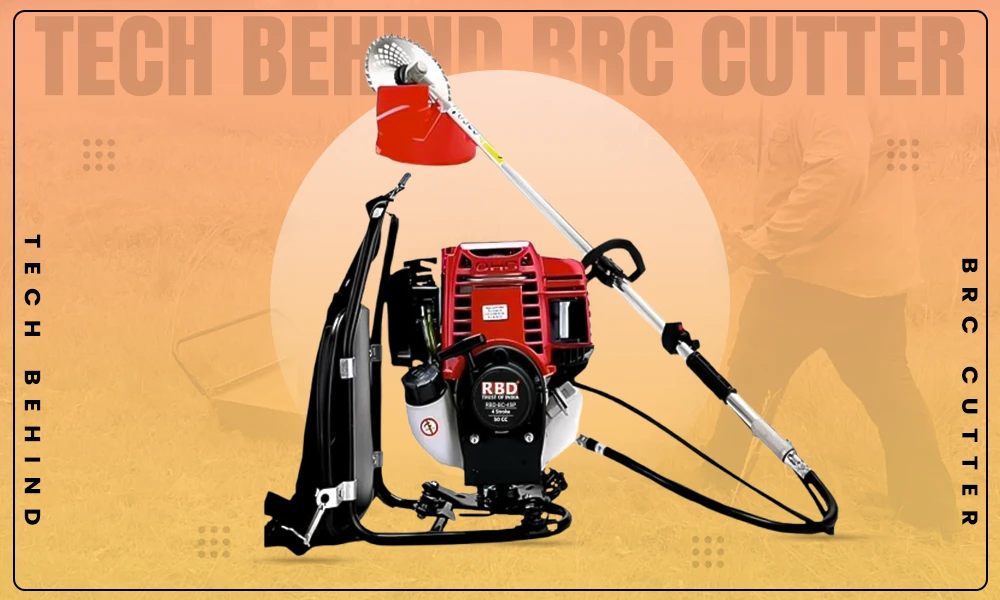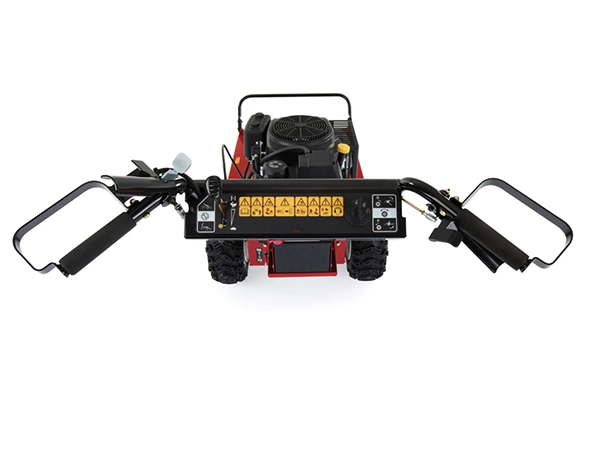The Tech Behind The BRC Cutter: Engineering A Beast For Brush Management

Sipping high tea overlooking the lush green fairways, has it ever occurred to you that the sheer precision of the engineering that goes into maintaining something that is botanically charged to enhance aesthetics for something that is of commercial value? The serene beauty of a golf course, the manicured edges of a highway, or the cleared land for a new development all share a common, unseen adversary: relentless, tenacious brush. Taming this wild growth isn’t a task for simple tools; it requires a specialized beast. This is the domain of the BRC Cutter, a machine where raw power meets sophisticated engineering to perform a task that is anything but simple.

At its core, the challenge is fundamental: how to efficiently and reliably transform dense, woody vegetation into mulch. The solution lies in a multi-faceted engineering approach that prioritizes durability, power transmission, and operator safety.
Forged In Steel: The Unbreakable Chassis
The first and most critical line of defense is the cutter’s deck or chassis. This is not lightweight sheet metal. BRC Cutters are typically constructed from high-tensile strength steel, often up to half an inch thick or more in critical areas. This robust skeleton is designed to absorb immense impact forces from hidden stumps, rocks, and other debris without buckling. The design isn’t just about being heavy; it’s about strategic reinforcement at stress points—around the mounting frame and the drum housing—creating a platform that can withstand a punishing environment day in and day out. This durability is the non-negotiable foundation upon which the entire machine is built, ensuring the cutter’s longevity in the face of constant abuse that would render standard equipment useless.
The Heart Of The Beast: Hydraulic Power And The Cutting Drum
While a rugged chassis provides the brawn, the true genius lies in the power system. Unlike mechanical drives that can jam or shear under shock loads, BRC Cutters often utilize high-flow hydraulic systems. This allows the prime mover (like a skid steer or tractor) to act as a powerful heart, pumping hydraulic fluid to the cutter’s motor. The key advantage? Hydraulics provide immense, consistent torque and are inherently forgiving of sudden stalls. If the drum hits an immovable object, the hydraulic system can relieve pressure, preventing catastrophic damage to the driveline.
This hydraulic power is channeled to the star of the show: the cutting. This isn’t a simple blade. It’s a massive, balanced, rotating cylinder, often weighing hundreds of pounds, onto which specialized cutting tools are mounted. These are not your average lawnmower blades; they are massive, heat-treated, and easily replaceable “teeth” or “hammers” forged from premium alloy steel. Their geometry is crucial—curved and sharpened to slice, grab, shred, and pulverize wood efficiently. The drum’s significant inertia, combined with the sharp, aggressive tools, creates a vortex of cutting force that can make short work of a brush several inches in diameter.
Conclusion:
Engineering this beast is about control, not just chaos! Adjustable skid shoes set the perfect cut height, while smart deflectors—born from serious testing—tame the debris storm, shooting it safely downward. It’s brutal power with a surprising touch of finesse.
Sorry, No post were found